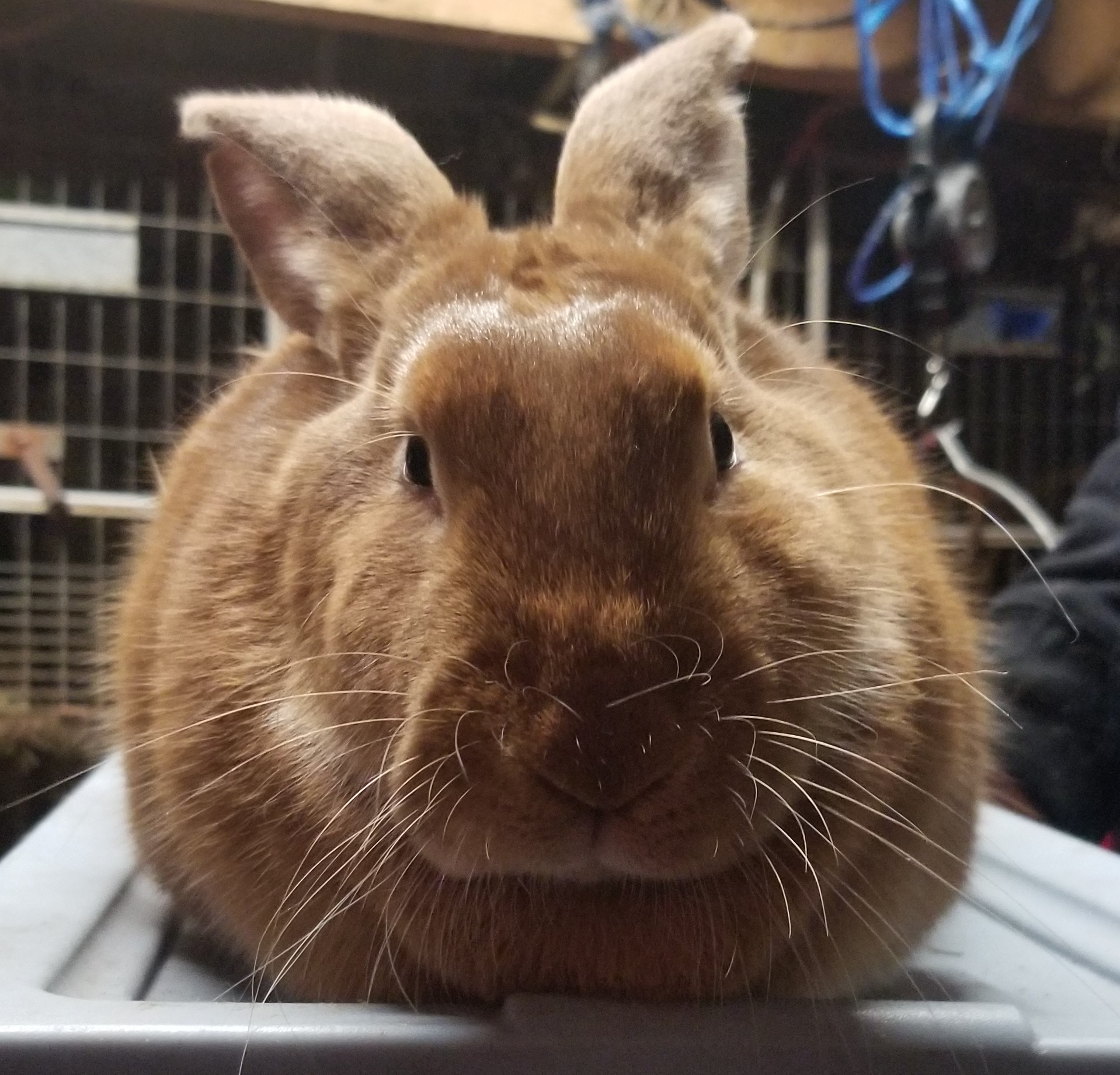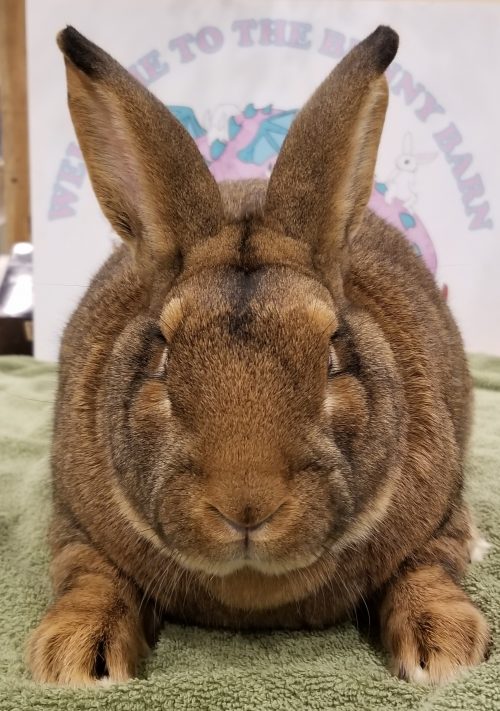 So this weekend I met with one of my prior Buyers to chat about Colors and look at her stock. So I am going to do an informal series on Rabbit Colors , I do already have 2 articles up on my main website out lining New Zealand colors that are accepted in the breed , and the extended possibilities that are not standard color but could happen with color crossings. This in turn goes back to purists who will never cross the color varieties and people like me, who will cross what I have if I think it may improve body type or growth rate, then worry about the colors secondly. This isn't saying I'm going to toss out the standard , It just means I am excepting the likelihood that I'll have generation of DQ on color rabbits , and will have to spend some time on correcting that in the next generation. Now becuse the recognized New Zealand color are all double recessive based colors , it's not impossible to breed back to get the color right if you do not mind taking the time to cross out and cross back. and you may end up with some that carry 2 legal colors and depending on what you cross back to you may be able to use that animal in more then one line.
So this weekend I met with one of my prior Buyers to chat about Colors and look at her stock. So I am going to do an informal series on Rabbit Colors , I do already have 2 articles up on my main website out lining New Zealand colors that are accepted in the breed , and the extended possibilities that are not standard color but could happen with color crossings. This in turn goes back to purists who will never cross the color varieties and people like me, who will cross what I have if I think it may improve body type or growth rate, then worry about the colors secondly. This isn't saying I'm going to toss out the standard , It just means I am excepting the likelihood that I'll have generation of DQ on color rabbits , and will have to spend some time on correcting that in the next generation. Now becuse the recognized New Zealand color are all double recessive based colors , it's not impossible to breed back to get the color right if you do not mind taking the time to cross out and cross back. and you may end up with some that carry 2 legal colors and depending on what you cross back to you may be able to use that animal in more then one line.
To demonstrate.
Waldorf is Huge and produces my fastest growing rabbits, the ones that hit 4 to 5 lbs or sometimes more by 8 weeks. But larger buns at 8 week may be DQ as over size in a show ring, New Zealand are supposed to be 9 to 11lbs with 10lb being ideal. But if the intent is to butcher , a quick growth rate means less time to get to the table. So again it's balancing traits and intent. With Waldorf to get show stock it would be best to use a daughter of his to a line that needs better and bigger growth to improve that line . Also Waldorf can throw both Red and White, so he can be used in both red and white lines. This is becuse his is genotyped A-Bb Cc D- Ee chestnut. If I cross Waldorf to a white doe, I have a 50% probability of getting white kits, and since white is a double recessive masking gene, and white kits bred back to white will always produce white. Same with Reds, If I breed Waldorf to a Red doe I have a 50% chance of producing reds and since Waldorf is a very high intensity Rufus he will produce good color richness. The problem that can run into here is smut. So unlike white it may take more then one generation to reduce any smut that could potentially show up. Waldorf is a chocolate carrier also , so smut visibility is greatly reduced in a chocolate based red. But like the whites Red bred to red will have a high probability of producing reds.

